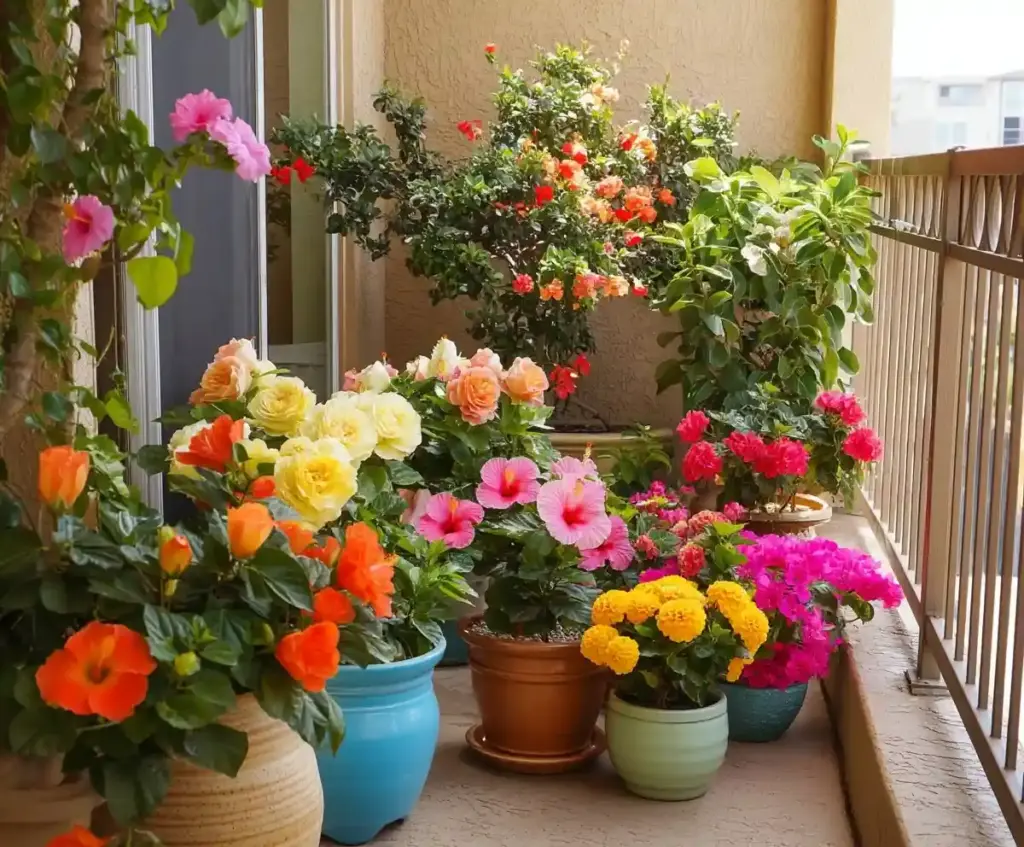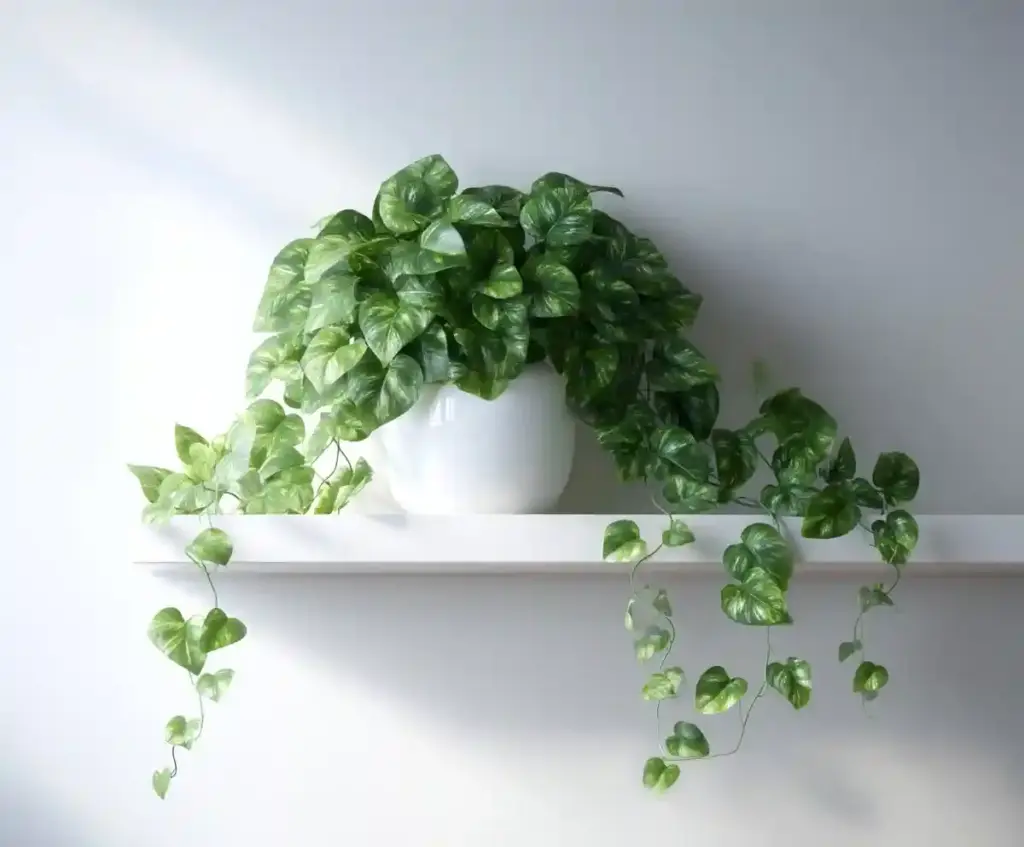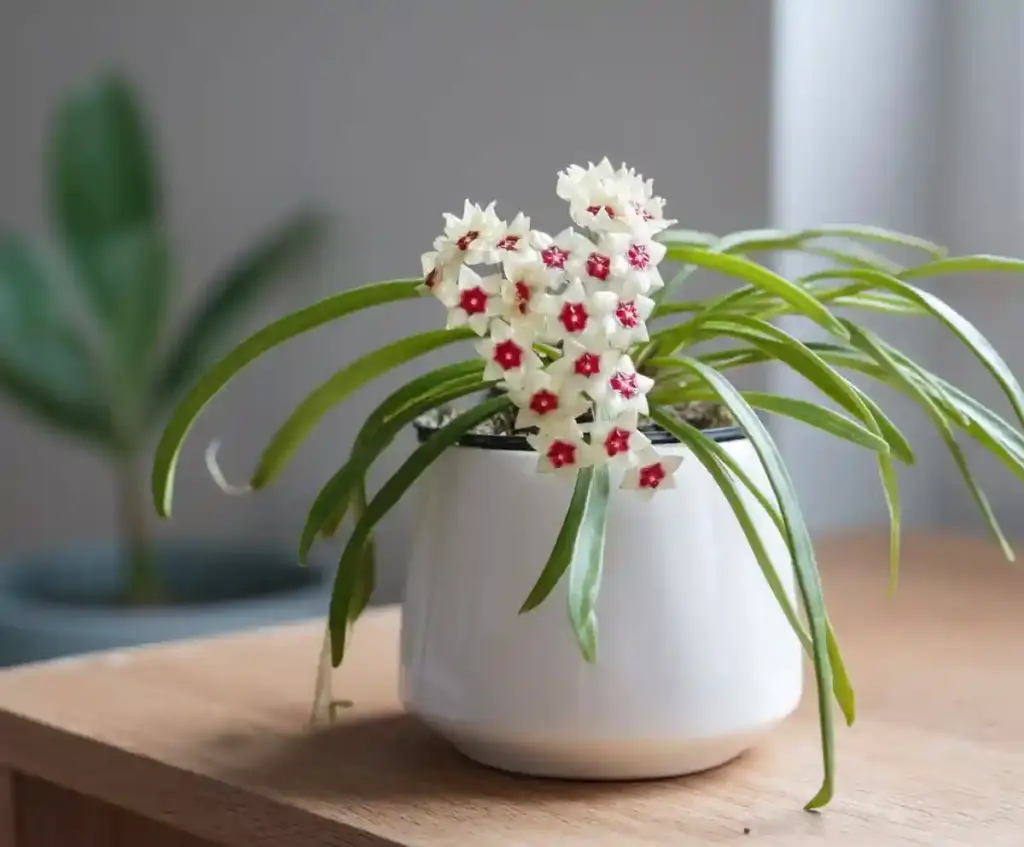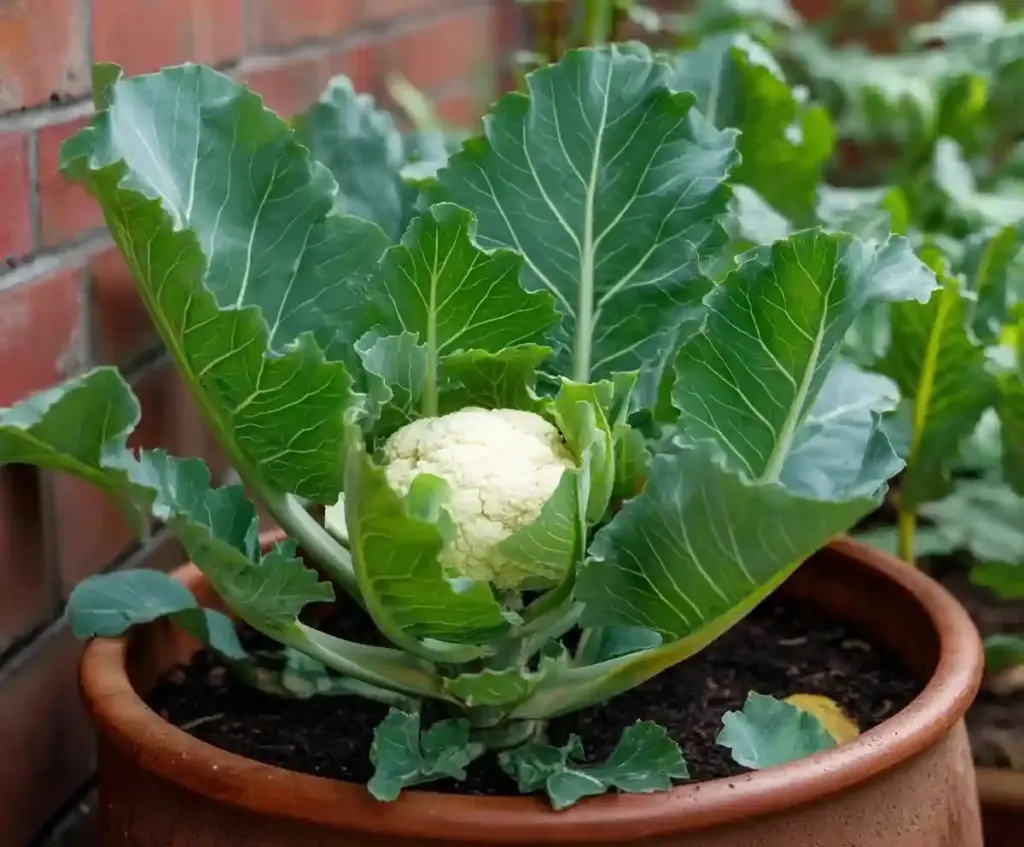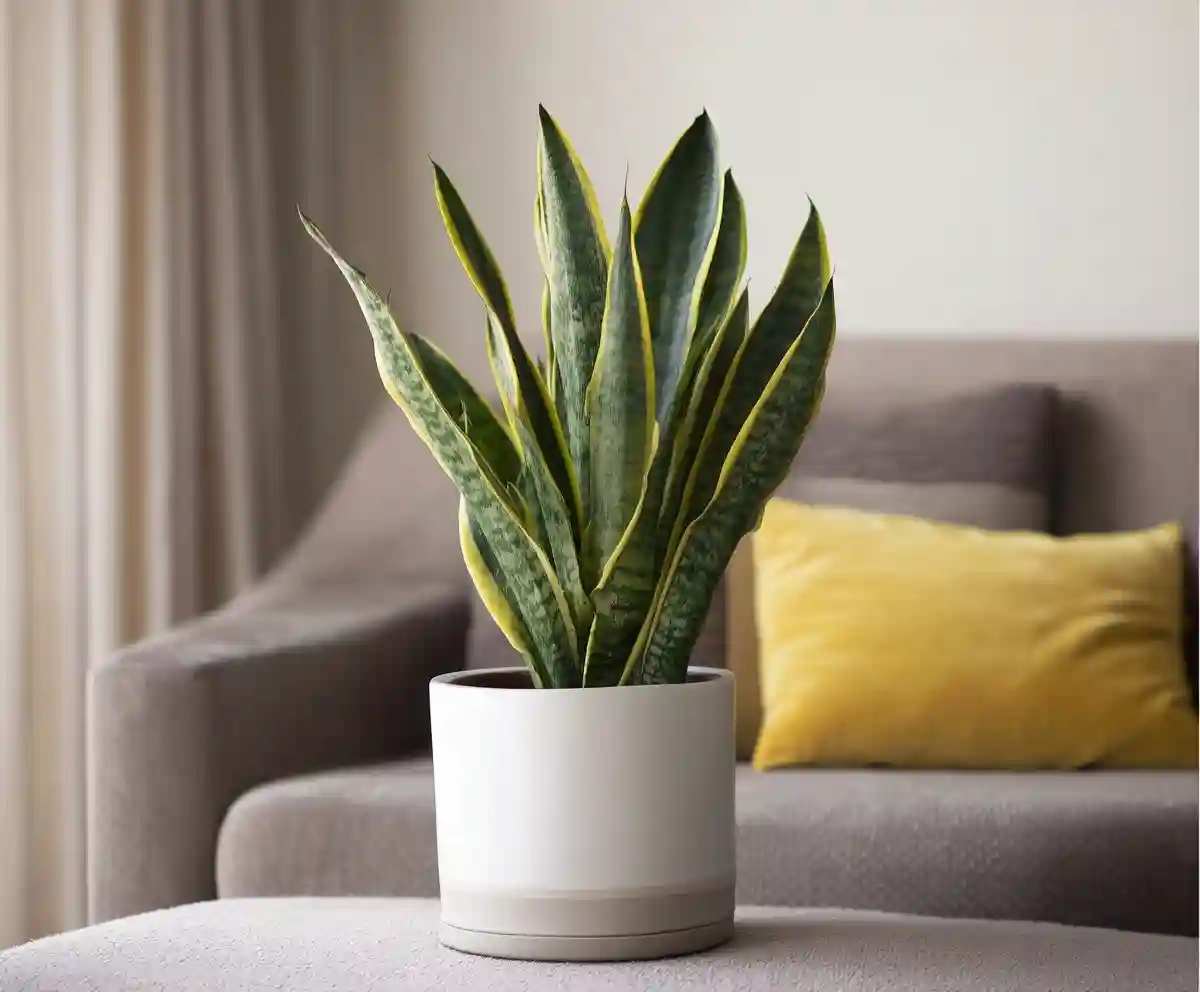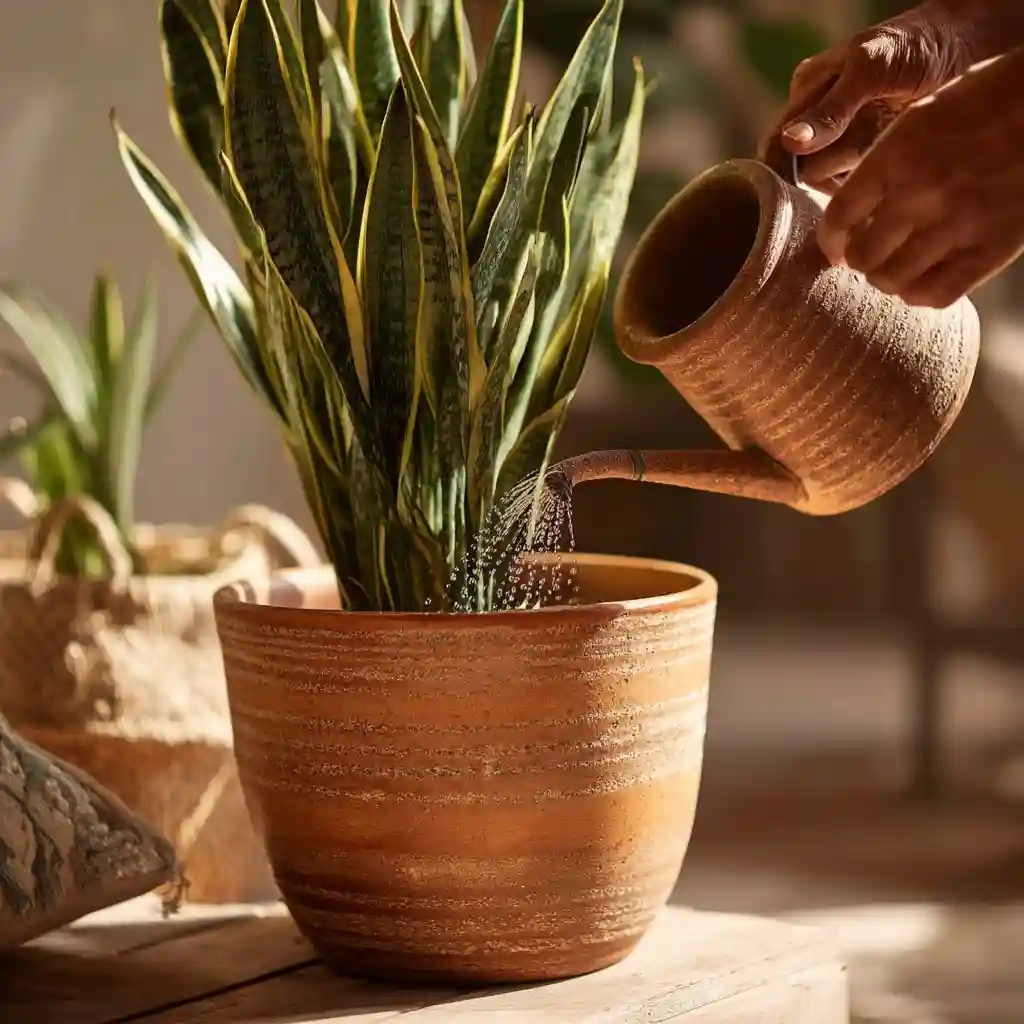Snake plant is one of the most resilient and stylish houseplants you can grow. With its upright, sword-like leaves and tolerance for neglect, this plant has earned a spot in homes, offices, and apartments around the world. Whether you’re just getting into houseplants or you’re a seasoned indoor gardener, the snake plant offers both form and function—cleaning the air, adding architectural beauty, and surviving with minimal attention. This guide will walk you through everything you need to know about growing and caring for a healthy snake plant.
Table of Contents
Care
Snake plant care is refreshingly simple, which is why it’s such a popular choice for beginners and busy plant owners. While this hardy houseplant can survive a fair amount of neglect, it thrives when you meet a few basic needs.
Light
Snake plants grow best in bright, indirect light, but they’ll also adapt to low-light conditions. While they tolerate darker corners of your home, growth may slow, and variegation can fade. For the healthiest plant, place it near an east-facing window or a few feet from a south- or west-facing one.
Water
Let the soil dry out completely between waterings. Overwatering is the most common mistake and can quickly lead to root rot. During warmer months, water every 2–3 weeks. In winter, reduce to once a month or less, depending on your home’s humidity and temperature.
Soil
Use a well-draining, sandy soil mix—cactus or succulent potting mix is ideal. Avoid heavy soils high in peat, which retain moisture and increase the risk of root issues.
Temperature & Humidity
The snake plant prefers temperatures between 70°F and 90°F (21°C–32°C). Avoid placing it near cold drafts or letting it sit in temperatures below 50°F (10°C), which can cause permanent damage. Average indoor humidity is usually sufficient.
Fertilizing
Feed your snake plant twice per year—once in spring and again in midsummer. Use a balanced, diluted houseplant fertilizer (10-10-10), and skip feeding during fall and winter dormancy.
✅ Quick Care Tips:
- Water only when soil is bone dry
- Avoid letting it sit in water
- Give it plenty of indirect light
- Keep it in a warm spot away from drafts
- Don’t overfeed—less is more
Types
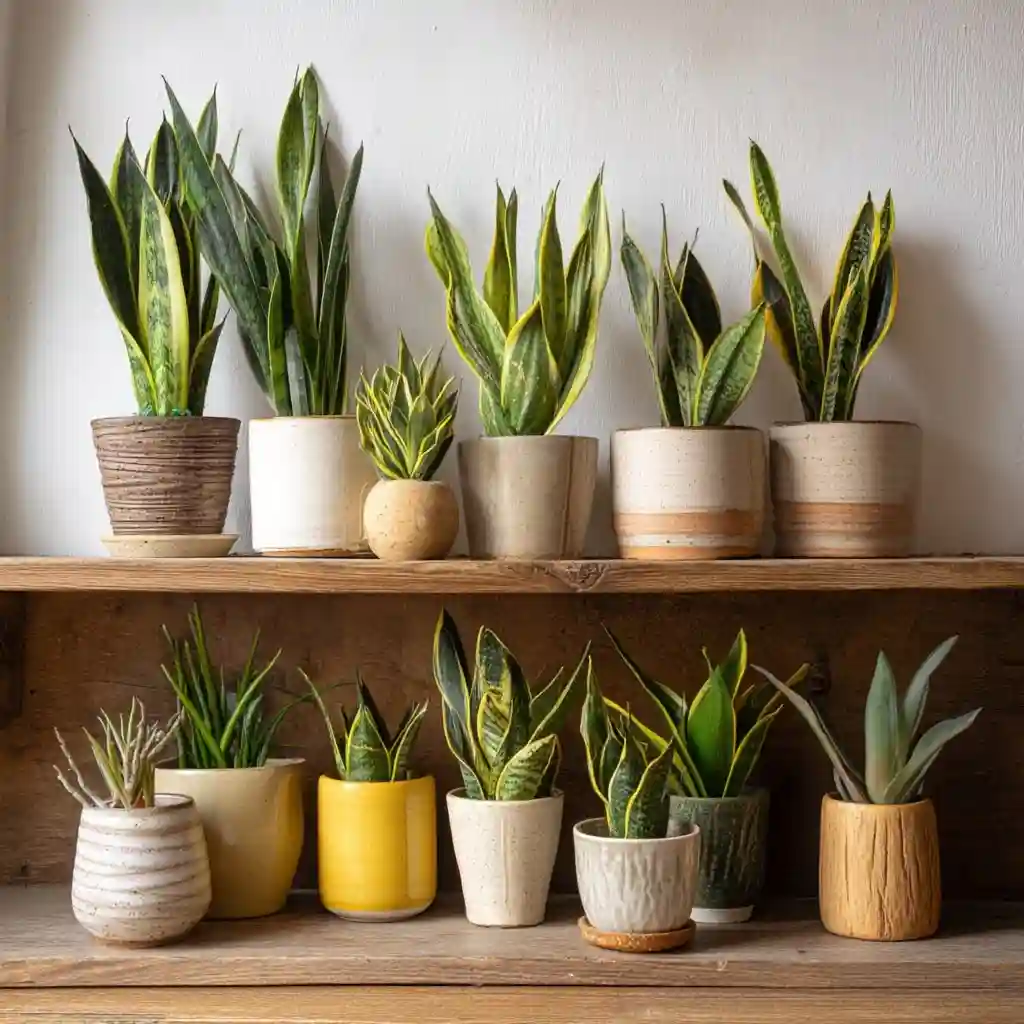
There’s more to the snake plant than just its tall, green sword-like leaves. This species, scientifically known as Dracaena trifasciata (formerly Sansevieria), comes in a range of sizes, shapes, and colors. Each variety offers its own unique visual appeal, making it easy to find one that suits your space and style.
Here are some of the most popular types of snake plant to consider:
Dracaena trifasciata ‘Laurentii’
One of the most well-known varieties, it features dark green leaves with creamy yellow margins. It grows upright and makes a bold statement in any room.
Dracaena trifasciata ‘Twisted Sister’
With its curled, twisting leaves, this compact cultivar reaches about 15 inches in height. The yellow-edged leaves offer a playful, sculptural look.
Dracaena trifasciata ‘Hahnii’ (Bird’s Nest)
This small, rosette-forming plant stays under 6 inches tall and is perfect for desks or tight spaces. It looks like a little green nest and thrives in indirect light.
Dracaena angolensis
Also known as cylindrical snake plant, this variety has round, tubular leaves that can grow several feet long. The leaves often arch outward, creating a fountain-like shape.
Dracaena trifasciata ‘Bantel’s Sensation’
This sleek variety boasts narrow leaves with vertical white stripes and grows up to three feet tall. It’s perfect for minimalist interiors.
Dracaena pearsonii (Rhino Grass)
A lesser-known type, this cultivar has thick, reddish-edged leaves and a compact form. It’s a great pick for succulent lovers.
Propagating
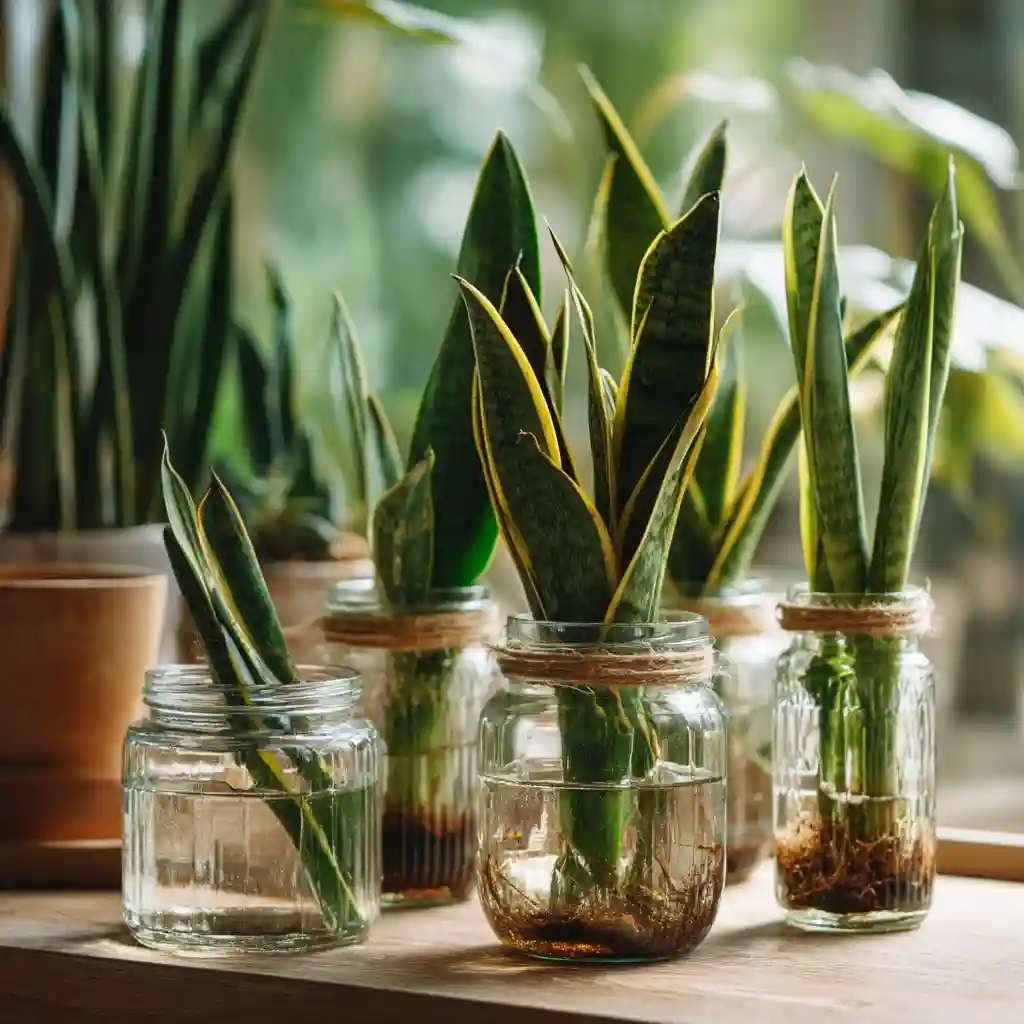
Propagating a snake plant is simple and rewarding, making it an excellent option if you want to expand your collection or share with friends. The two most effective methods are division and leaf cuttings, and both are best done in spring or early summer when the plant is actively growing.
Propagation by Division (Best for Fast Results)
Mature snake plants often send out pups—small offshoots that emerge from the soil. These can be easily separated and repotted.
Steps:
- Gently remove the plant from its pot.
- Brush off excess soil to expose the root system.
- Identify the natural divisions or pups and cut between rhizomes using a clean knife.
- Repot each section into a new container with fresh cactus or succulent mix.
- Water deeply and place in bright, indirect light.
Propagation from Leaf Cuttings
This method takes longer but works well for creating multiple plants from a single leaf.
Steps:
- Use sterilized scissors to cut a healthy, full leaf near the base.
- Let the cut end dry and callous for 24 hours.
- Place the bottom end of the cutting in water or directly in soil.
- If in water: Change water weekly and wait 1–4 months for roots.
- If in soil: Keep the mix slightly moist until roots establish.
- Once roots are at least an inch long, transplant into a small pot.
⚠️ Tip: Cuttings may not retain variegation, especially in striped varieties like ‘Laurentii’. For true clones, division is preferred.
Pruning
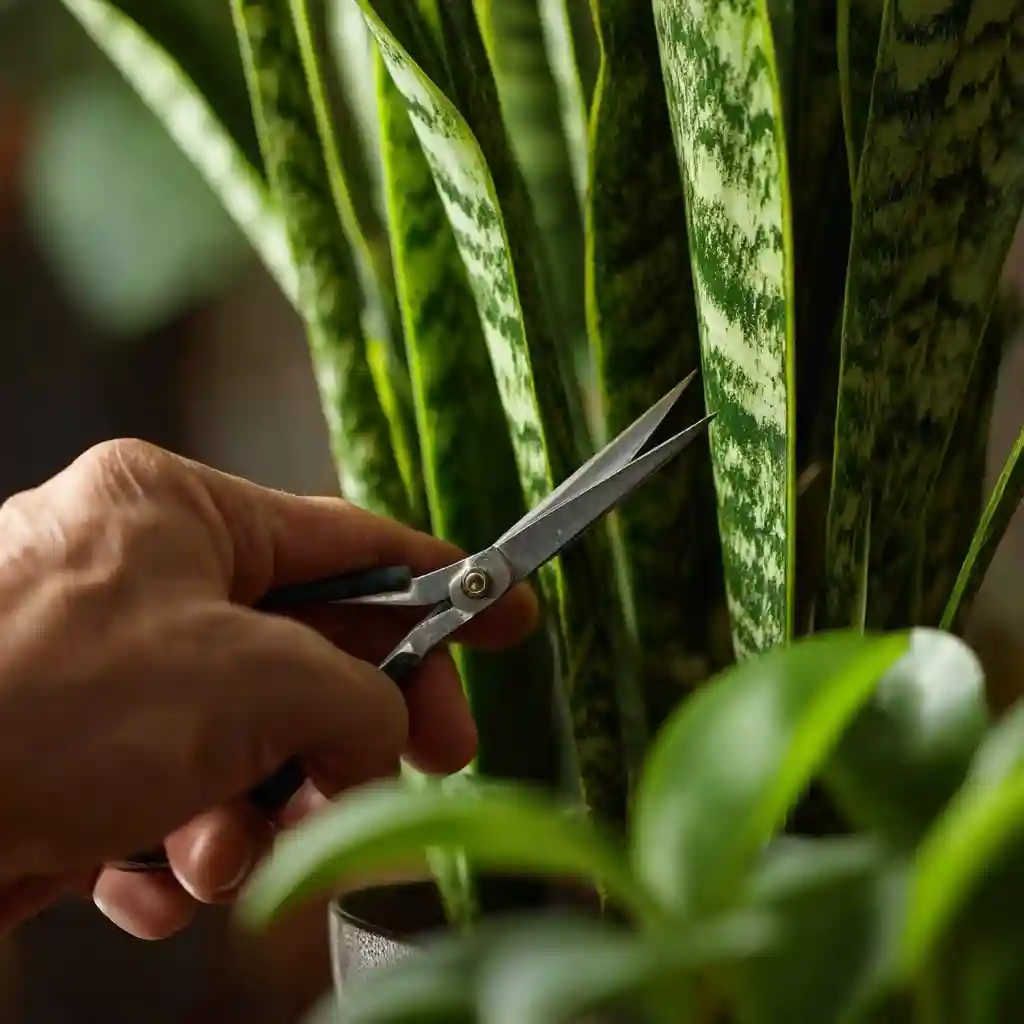
While snake plants are generally low-maintenance, occasional pruning helps keep them healthy and looking their best. Pruning can control height, remove damaged leaves, and even encourage new growth.
When to Prune
- Best Time: Spring through early fall, when the plant is actively growing.
- Avoid Pruning in Winter: The plant goes semi-dormant and may become stressed if cut back.
How to Prune a Snake Plant
- Inspect the plant for yellow, brown, or drooping leaves.
- Use sterilized scissors or garden shears to cut the leaves at the soil line.
- For shaping or height control, select the tallest leaves and trim them down to your desired size.
- Remove wilted or damaged leaves as needed throughout the year.
✂️ Always make clean cuts to avoid tearing the leaf tissue, which can invite disease.
Bonus Tip: Dust Your Leaves
Dust can block light from reaching the leaf surface, reducing your snake plant’s ability to photosynthesize. Wipe leaves gently with a damp microfiber cloth every few weeks to keep them clean and healthy.
Potting

Getting the pot right is just as important as watering when it comes to keeping your snake plant happy. These plants have strong root systems that like to be slightly crowded, but not trapped in soggy soil.
Choosing the Right Pot
- Material: Terracotta is best because it allows excess moisture to evaporate, reducing the risk of root rot.
- Drainage: Always use a pot with at least one good drainage hole—no exceptions.
- Size: The new pot should be only 1–2 inches wider than the root ball. Snake plants prefer to be a bit root-bound and don’t need frequent repotting.
Ideal Pot Shape
Snake plants grow by sending out underground rhizomes, so a wider, shallower pot gives them room to expand sideways rather than deep downward growth.
When to Repot
- Every 3 to 5 years, or when:
- Roots grow out of the drainage holes
- The plant becomes top-heavy and tips over
- Soil dries out too quickly
- Best time to repot: Spring, just before the active growing season begins
How to Repot a Snake Plant
- Remove the plant and gently loosen the roots.
- Trim any damaged or mushy roots with sterilized scissors.
- Place the plant at the same depth in fresh, well-draining soil.
- Water thoroughly and let excess water drain.
Blooming
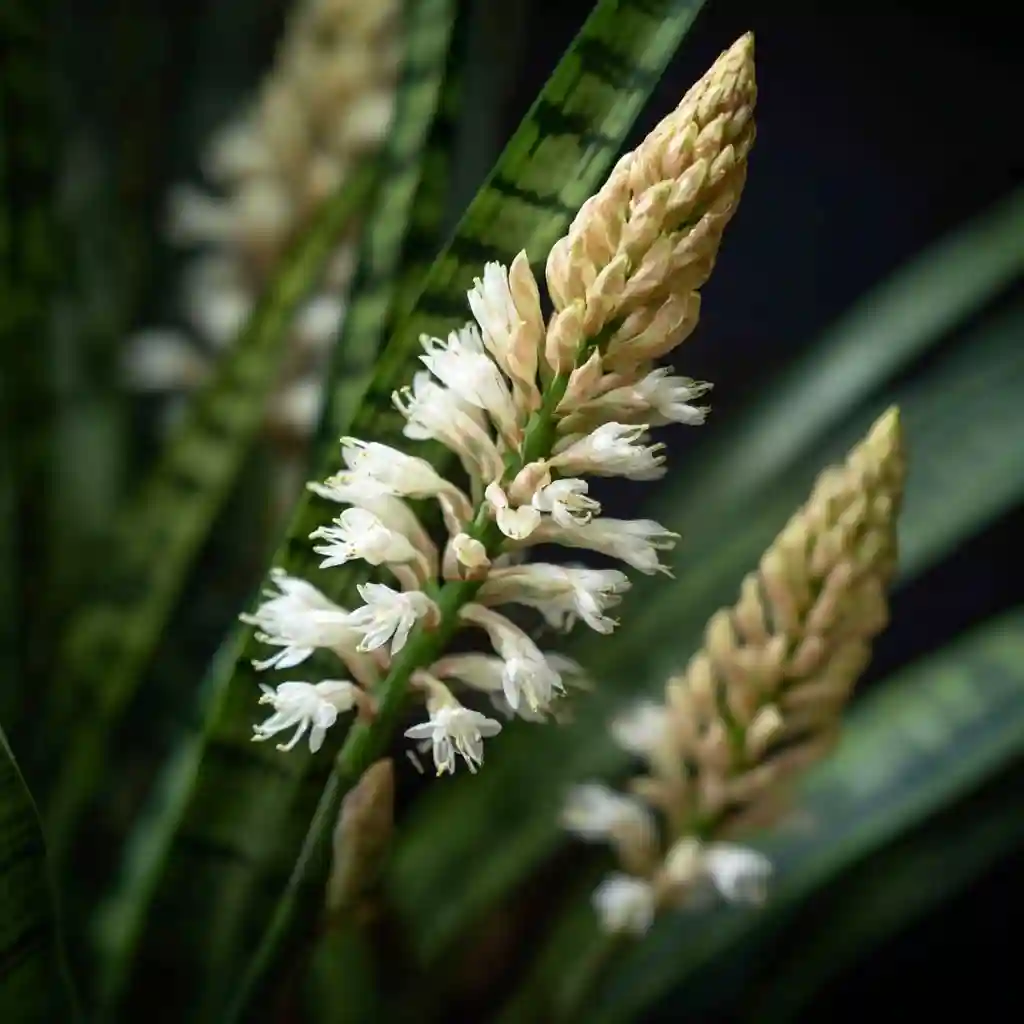
Although it’s rare, a snake plant can bloom indoors under the right conditions. The flowers are delicate, tubular, and typically creamy-white, resembling lilies in both appearance and fragrance.
What Triggers Blooming?
- Maturity: Only mature plants, often several years old, are capable of flowering.
- Stress Conditions: Ironically, mild stress—such as being slightly root-bound or going a bit dry—can encourage blooming.
- Light: Consistent bright, indirect sunlight helps boost your chances.
- Root-Bound Environment: Snake plants are more likely to flower when slightly pot-bound.
🌼 Snake plant blooms are not guaranteed. Some varieties never flower indoors, even with ideal care.
What to Expect
- Timing: Blooms usually appear in late spring or early summer.
- Scent: Flowers are often fragrant at night, adding a subtle, pleasant aroma.
- After Blooming: The flower stalk can be cut back once it begins to dry out. Don’t worry if it doesn’t bloom again the next year—flowering is erratic and unpredictable.
Overwintering
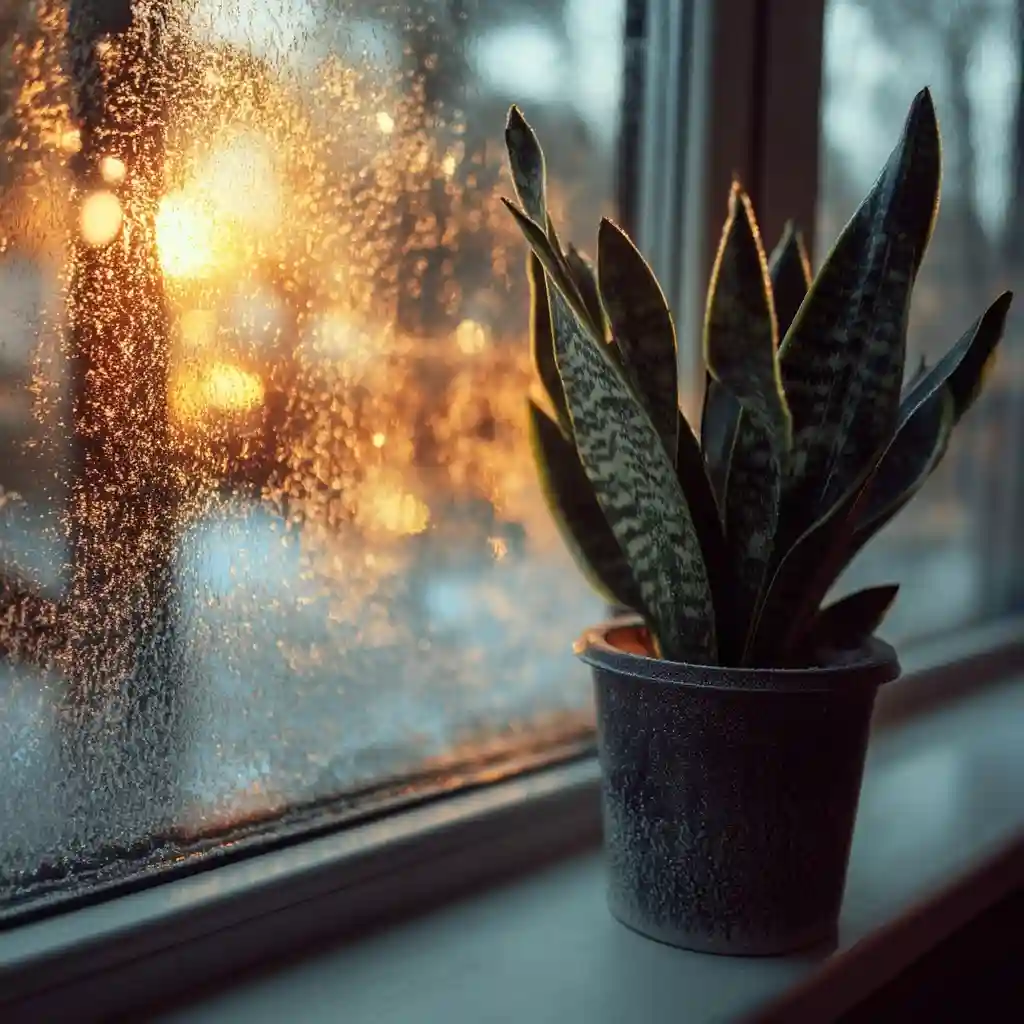
Snake plants are tropical in origin, which means they don’t tolerate cold weather well. If you’re growing your plant outdoors during warmer months or keeping it near drafty windows in winter, you’ll need to make a few seasonal adjustments to help it survive.
Cold Sensitivity
- Snake plants can suffer cold damage at temperatures below 50°F (10°C)
- Frost exposure is usually fatal, causing leaves to collapse or turn mushy
- Always bring outdoor snake plants inside before the first frost
Winter Care Indoors
- Reduce Watering: The plant goes semi-dormant in winter and needs far less water—usually only once a month
- Let Soil Dry Completely: Never let the soil stay moist during cold months
- Avoid Drafts: Keep your plant away from exterior doors, leaky windows, and unheated areas like garages
- Keep it Warm: Maintain temperatures between 60°F and 75°F (15°C–24°C)
✅ Overwintering Checklist
- Bring potted snake plants indoors in fall
- Cut back watering by at least 50%
- Place near a window for indirect light, but avoid cold spots
- Skip fertilizing until spring
Pests
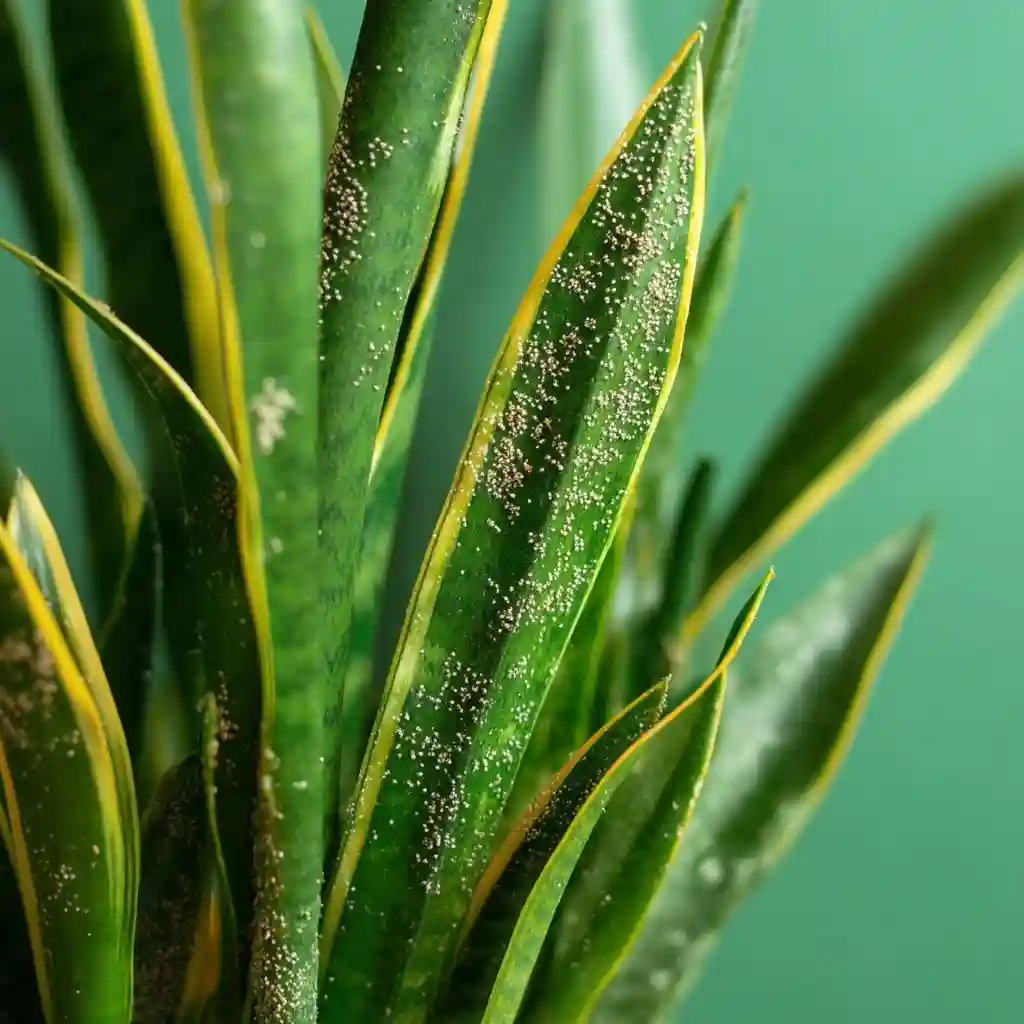
Although generally hardy, the snake plant isn’t completely immune to pests. Most infestations happen when conditions are off—like too much moisture, lack of airflow, or poor hygiene. Fortunately, most problems are easy to spot and treat early.
Common Snake Plant Pests
🐞 Spider Mites
- Signs: Fine webbing, stippling on leaves, yellow or pale spots
- Treatment: Rinse the plant and apply neem oil or insecticidal soap
🐜 Mealybugs
- Signs: White, cotton-like clusters at leaf bases
- Treatment: Dab with alcohol-soaked cotton swabs and rinse thoroughly
🦟 Fungus Gnats
- Signs: Tiny black flies around soil surface
- Treatment: Let soil dry out completely, use sticky traps, or apply a soil drench with hydrogen peroxide
🐛 Aphids
- Signs: Clusters of soft-bodied insects near new growth
- Treatment: Spray off with water and treat with neem oil
🐞 Scale Insects
- Signs: Brown, shell-like bumps along leaves
- Treatment: Gently scrape off, followed by neem oil or insecticidal soap
Prevention Tips
- Avoid overwatering
- Ensure good air circulation
- Clean leaves regularly
- Quarantine new plants before introducing them to your collection
🛡️ Healthy snake plants are naturally pest-resistant, so keeping them in the right conditions is the best defense.
Common Problems
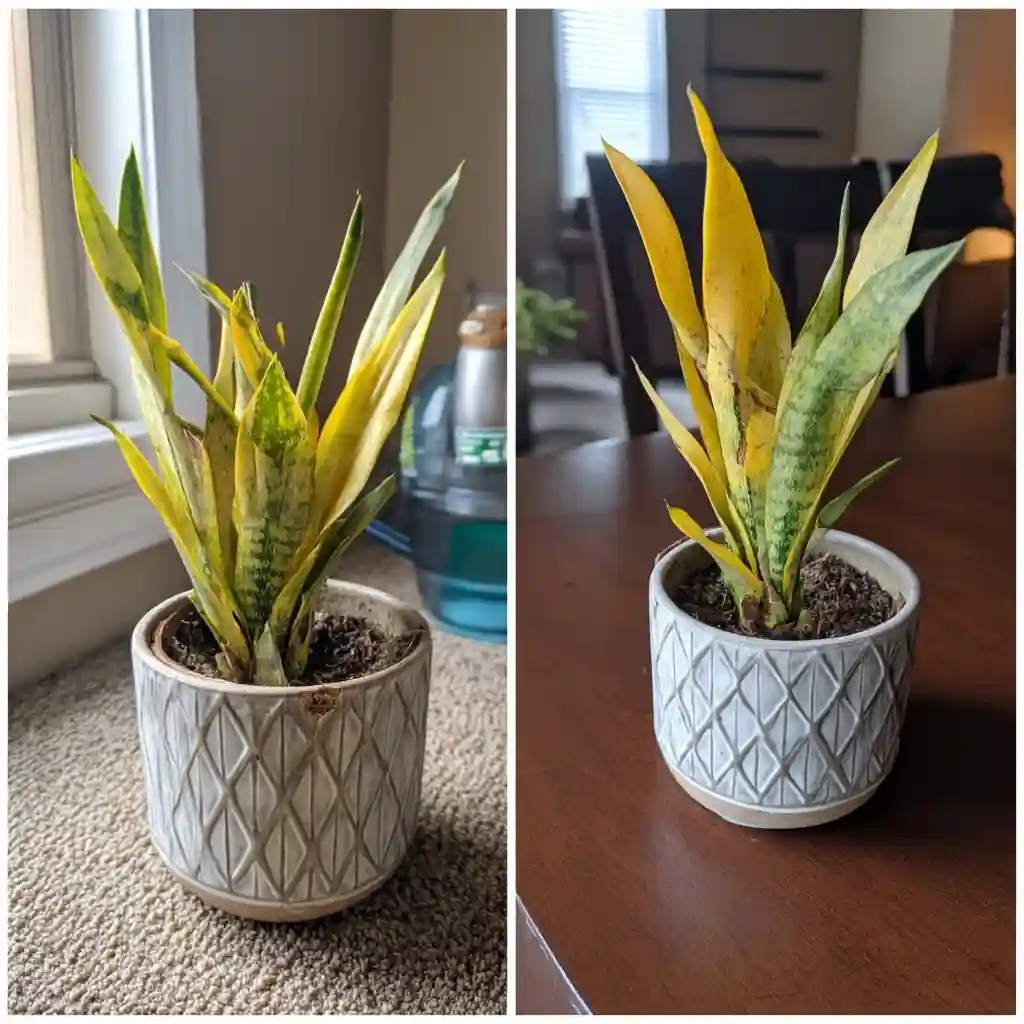
The snake plant is famously tough, but even the hardiest plants can run into trouble. Most issues stem from overwatering or improper lighting. Learning to spot and address these problems early will keep your plant in top shape.
Yellow or Brown Leaves
- Causes: Overwatering, poor drainage, pests, or natural aging
- Solution: Let soil dry out fully before watering; trim affected leaves; inspect for pests
Curling Leaves
- Causes: Thrips (a type of pest), underwatering, or low humidity
- Solution: Remove severely damaged leaves and treat with neem oil; check moisture levels
Drooping or Falling Leaves
- Causes: Too much water, insufficient light, or compacted soil
- Solution: Reduce watering, move the plant to brighter light, and refresh the potting mix if needed
Foul-Smelling Soil
- Cause: Root rot due to waterlogged soil
- Solution: Remove the plant, cut away any black or mushy roots, and repot into fresh, dry soil with better drainage
Lack of Growth
- Causes: Low light, cold temperatures, or nutrient deficiencies
- Solution: Increase light exposure, ensure temps are above 60°F, and fertilize lightly in spring and summer
⚠️ The number one rule with snake plants: When in doubt, don’t water. They’d rather be too dry than too wet.
Benefits
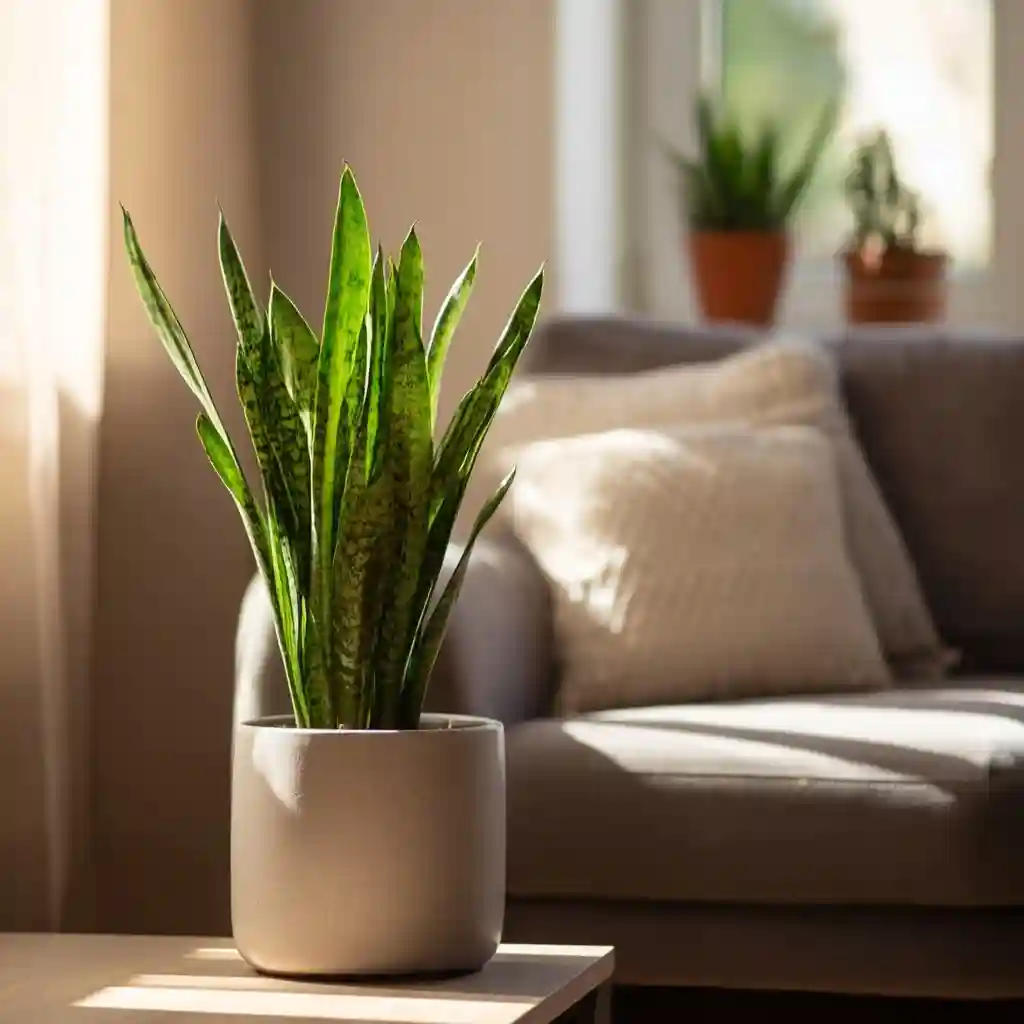
The snake plant isn’t just a stylish addition to your space—it offers a variety of practical benefits that make it a favorite among both beginners and seasoned plant lovers.
✅ Low Maintenance
Snake plants thrive on neglect. They can go weeks without water, tolerate low light, and rarely require repotting or feeding. This makes them perfect for people with busy lifestyles or limited plant care experience.
🌿 Air Purification
While you’d need a room full of them for significant impact, snake plants have been shown in NASA studies to help filter airborne toxins like formaldehyde and benzene. Plus, they’re one of the few houseplants that release oxygen at night, making them a good option for bedrooms.
🏡 Space-Friendly
With a narrow, upright growth habit, snake plants are ideal for small spaces. They add vertical greenery without taking up much floor space, fitting nicely into corners, shelves, or tight apartment layouts.
✨ Stylish Appeal
Their sleek, architectural leaves come in various patterns and shades, making them as decorative as they are functional. From bold stripes to rich greens, there’s a variety to match nearly any design aesthetic.
💧 Drought Tolerant
These plants are equipped with thick, water-storing leaves and rhizomes, so they won’t wilt if you forget to water. In fact, overwatering is a bigger concern than underwatering.
FAQ
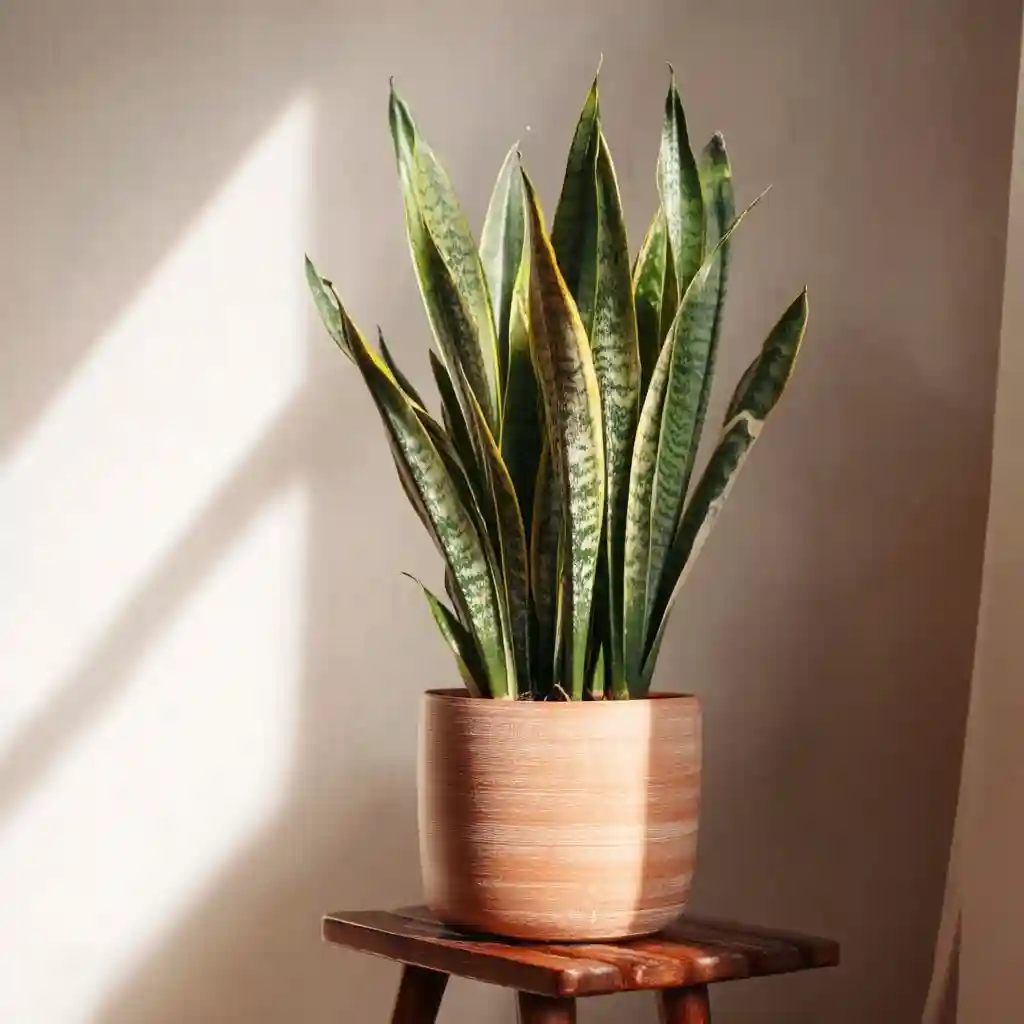
Why is it called a snake plant?
The plant gets its name from the long, upright leaves with distinct horizontal stripes, which resemble the pattern and shape of a snake’s skin.
Does the snake plant really clean the air?
Yes, but with limitations. Snake plants can help filter toxins like formaldehyde and benzene, but you’d need a large number of them to significantly improve air quality. Still, they’re a helpful and attractive addition to your indoor space.
How fast does a snake plant grow?
Snake plants are slow growers, typically putting out just a few new leaves per year. Growth is faster in bright, indirect light and during the warmer months.
What’s the average lifespan of a snake plant?
With proper care, snake plants can live between 5 to 10 years, but some specimens have been known to survive for over 25 years.
Where should I place my snake plant indoors?
Anywhere with bright, indirect light is ideal. Near a window is best, but they’ll also tolerate offices, hallways, and low-light rooms. Just avoid complete darkness.
How often should I water a snake plant?
Water only when the soil is completely dry—every 2–3 weeks in summer, and once a month (or less) in winter.
Conclusion
The snake plant is the ultimate combination of form and function—easy to care for, visually striking, and incredibly forgiving. Whether you’re starting your indoor garden or just need a plant that thrives with minimal fuss, the snake plant is a tried-and-true favorite. With the right balance of light, water, and occasional upkeep, this durable houseplant can live for decades and even be shared through propagation. It’s no wonder it continues to be a staple in homes around the world.
🌿 Love gardening inspiration? Follow me on Pinterest for bold plant ideas, tips, and seasonal color!
More Posts
